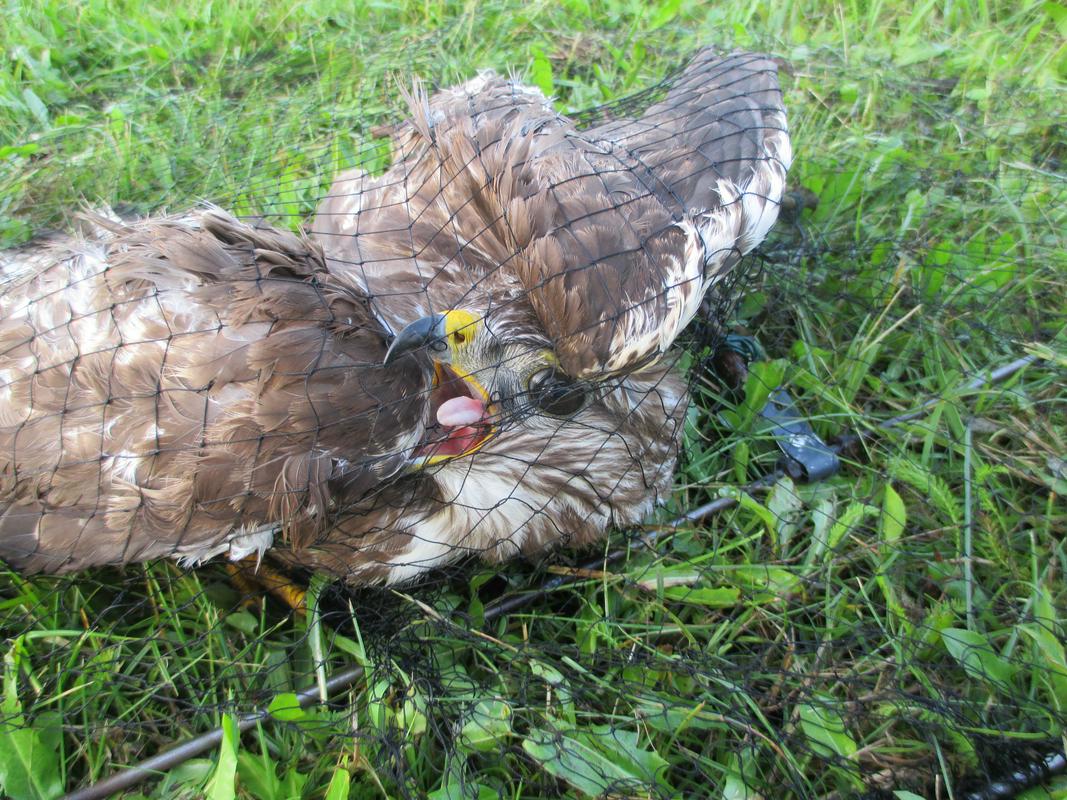
The birdwatching association cautions that, as part of a project titled Against the Poaching of Birds on the Adriatic Migration Route, which is funded by the German Euronatur foundation, researchers have discovered that the situation in Slovenia is considerably worse than had been expected.
“The birds are killed and trapped illegally using different methods. Most of the birds are shot for sport and recreation; some are sold for food, while others are taxidermized as trophies on walls. The use of glue traps is very popular. It involves covering sticks with adhesive substances, which trap birds when they land on the sticks. This method is particularly cruel because birds can suffer for hours or days. Less commonly, but not all that rarely, the birds are poisoned with substances intended for undesirable animals, including foxes and jackals. Such non-targeted poisoning affects mostly birds of prey, such as harriers, kites, and eagles. We often find several bodies next to a poisoned carcass. The practice can have a very negative impact on populations with limited offspring, including eagles,” warns DOPPS-BirdLife.
“Songbird hunting is the most common type of poaching in Slovenia. Most of them are small birds, such as goldfinches and other species of the finch family, which are then sold. Some keep them in cages in Slovenia,” explained the Head of the Protective Ornithological Section at DOPPS-BirdLife Tomaž Jančar in an interview with MMC, but most of them are taken to Italy, where they are especially popular.
Birds can be trapped for ringing; such marking is organized by the Natural History Museum. “The birds are caught, ringed, measured, and released,” says Jančar, but the amount of available data about poaching is increasing.

































































